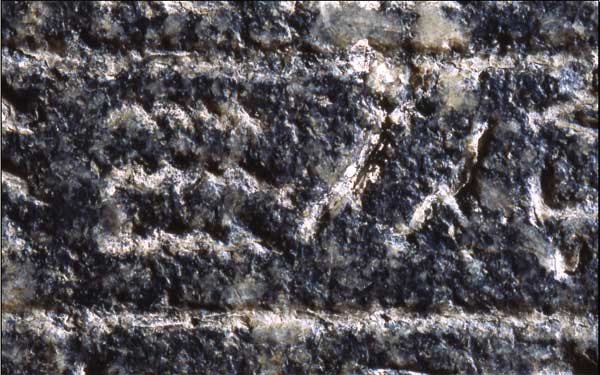Image Details

Taking them on appearance only and completely out of context, Jacobovici, appearing as his own hieroglyphic expert, interprets the hieroglyphic signs of two knives and three water lines as a reference to the parting, or “cutting,” of the sea described in Exodus. In fact, the inscription refers to the Yam Desdes, or “Lake of Two Knives,” a mythic lake with magical powers to transform the king’s Uraeus (a stylized serpent) in order to protect him, legitimize his reign and fortify him against his enemies. The inscription dates a millennium after the supposed Exodus and has nothing to do with that event.
